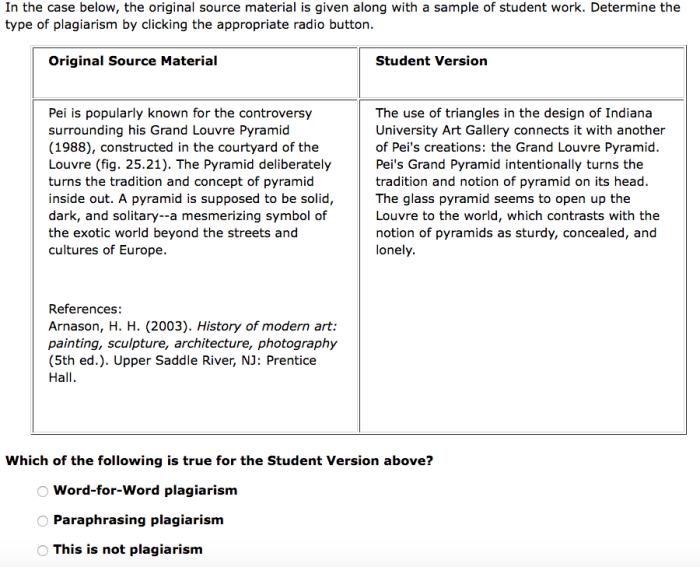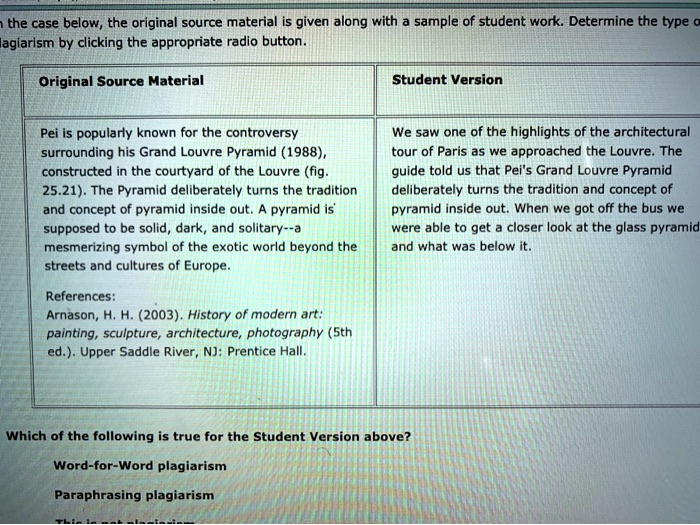Pei is popularly known for the controversy – Pei: Controversies That Defined a Legacy. I.M. Pei, renowned for his architectural masterpieces, is popularly known for the controversy surrounding his iconic Louvre Pyramid. This article delves into the impact of his designs, the controversies that shaped his career, and his enduring influence on contemporary architecture.
Pei’s innovative use of materials, particularly glass and concrete, challenged architectural norms and redefined the possibilities of modern design. His signature architectural forms, characterized by their geometric precision and interplay of light and shadow, continue to inspire architects worldwide.
Pei’s Architectural Legacy
I.M. Pei, a renowned architect of the 20th and 21st centuries, has left an indelible mark on modern architecture. His designs, characterized by their geometric forms, innovative use of materials, and integration with the surrounding environment, have garnered widespread acclaim and have shaped the skylines of major cities worldwide.
Pei’s Iconic Buildings
- The Louvre Pyramid:A glass and metal pyramid located in the courtyard of the Louvre Museum in Paris, France, it has become a symbol of the museum and a landmark of the city.
- The National Center for Atmospheric Research (NCAR):A research facility in Boulder, Colorado, designed to withstand extreme weather conditions, featuring a unique combination of concrete and glass.
- The Bank of China Tower:A skyscraper in Hong Kong, known for its distinctive triangular shape and its use of traditional Chinese architectural elements.
Evolution of Pei’s Architectural Style
Pei’s architectural style evolved over his career, from early works influenced by modernism to later designs that incorporated postmodern elements. His buildings often featured clean lines, geometric shapes, and a minimalist aesthetic, while also incorporating natural light and integrating with the surrounding landscape.
Controversies Surrounding Pei’s Work

The Louvre Pyramid Controversy
The design of the Louvre Pyramid was met with significant controversy when it was first proposed. Critics argued that the modern structure would clash with the historical architecture of the Louvre and disrupt the harmony of the surrounding Tuileries Garden.
Despite the objections, Pei’s design was ultimately approved and has since become one of the most iconic landmarks in Paris.
Pei’s Response to the Controversy
Pei defended his design, arguing that the pyramid would provide a new and exciting entrance to the Louvre while respecting the historical significance of the museum. He emphasized the importance of integrating modern architecture with historical contexts and creating a dialogue between the past and the present.
Impact on Pei’s Reputation
The controversy surrounding the Louvre Pyramid initially damaged Pei’s reputation, but his subsequent work and the widespread acclaim for the pyramid eventually restored his standing as one of the world’s leading architects.
Pei’s Use of Materials and Techniques
Innovative Use of Materials
Pei was known for his innovative use of materials, particularly glass and concrete. He experimented with different types of glass, including tinted and reflective glass, to create buildings that were both transparent and reflective, allowing natural light to flood the interiors while also providing views of the surrounding environment.
Concrete as a Sculptural Material
Pei also used concrete in new and innovative ways, creating buildings with complex geometric forms that defied traditional notions of concrete architecture. He developed techniques to create concrete surfaces that were smooth, polished, and reflective, giving his buildings a sleek and modern appearance.
Impact on Architectural Aesthetics and Structural Qualities
Pei’s use of materials had a significant impact on the aesthetic and structural qualities of his buildings. His glass and concrete structures were both visually striking and structurally sound, pushing the boundaries of architectural design and setting new standards for modern architecture.
Pei’s Influence on Contemporary Architecture: Pei Is Popularly Known For The Controversy
Inspiration for Subsequent Generations
Pei’s work has had a profound influence on subsequent generations of architects. His innovative use of materials, geometric forms, and integration with the surrounding environment have inspired countless architects worldwide.
Notable Architects Influenced by Pei
- Renzo Piano:Italian architect known for his work on the Centre Pompidou in Paris and the Shard in London.
- Norman Foster:British architect known for his work on the Gherkin in London and the Apple Park in California.
- Zaha Hadid:Iraqi-British architect known for her work on the MAXXI Museum in Rome and the Guangzhou Opera House in China.
Continuing Legacy, Pei is popularly known for the controversy
Pei’s legacy continues to shape contemporary architectural practice. His ideas and designs have influenced the way architects approach urban planning, sustainability, and the integration of art and architecture.
Pei’s Contributions to Urban Planning

Role in Major Urban Projects
Pei played a significant role in the design and planning of major urban projects, including the master plan for the Grand Louvre in Paris and the redevelopment of Battery Park City in New York City. His approach to urban planning emphasized the importance of creating vibrant and livable urban environments that integrated architecture, public spaces, and transportation systems.
Principles Guiding Pei’s Urban Planning
Pei’s urban planning projects were guided by several key principles:
- Respect for Historical Context:Pei believed in preserving and integrating historical buildings and landmarks into new urban developments.
- Human-Centered Design:Pei prioritized the needs of pedestrians and residents, creating urban spaces that were accessible, safe, and enjoyable.
- Sustainability:Pei emphasized the importance of incorporating sustainable practices into urban planning, such as green spaces, energy-efficient buildings, and public transportation.
Impact of Pei’s Urban Planning Projects
Pei’s urban planning projects have had a lasting impact on the cities in which they were implemented. His work has created vibrant and livable urban environments that have enhanced the quality of life for residents and visitors alike.
Pei’s Personal Life and Philosophy

Personal Background
I.M. Pei was born in China in 1917 and moved to the United States in 1935 to study architecture. He established his own architectural firm in 1955 and went on to design some of the most iconic buildings of the 20th and 21st centuries.
Influences on Pei’s Architectural Philosophy
Pei’s architectural philosophy was shaped by a variety of influences, including:
- Modernism:Pei was influenced by the principles of modernism, such as the emphasis on functionality, simplicity, and the use of new materials.
- Chinese Architecture:Pei’s Chinese heritage influenced his approach to space and scale, as well as his use of natural light and materials.
- Western Art and Culture:Pei was also influenced by Western art and culture, particularly the work of artists such as Pablo Picasso and Georges Braque.
Personal Experiences and Design Approach
Pei’s personal experiences, including his childhood in China and his education in the United States, informed his design approach. He believed that architecture should reflect the cultural and historical context of its surroundings and that it should create a sense of place and belonging.
FAQ Overview
What was the main controversy surrounding Pei’s Louvre Pyramid?
The Louvre Pyramid, commissioned by French President François Mitterrand, sparked controversy due to its perceived clash with the historic Louvre Palace. Critics argued that the modern glass and metal structure disrupted the architectural harmony of the surrounding buildings.
How did Pei respond to the controversy surrounding the Louvre Pyramid?
Pei defended his design, arguing that it provided a much-needed entrance to the museum and created a dialogue between the old and the new. He also emphasized the importance of respecting the context of the historic site while introducing contemporary elements.
What was Pei’s architectural philosophy?
Pei believed that architecture should be functional, respectful of its surroundings, and enhance human experience. He emphasized the importance of light, space, and materials in creating meaningful architectural spaces.